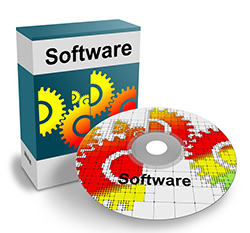 Everyone is well aware that drinking and driving is a dangerous combination, but we also need to recognize that drinking and/or using drugs in the workplace is equally hazardous. Impaired workers might not be able to concentrate on the task at hand. Depending on your job function, an error could cause injury or even death to yourself or a co-worker.
Everyone is well aware that drinking and driving is a dangerous combination, but we also need to recognize that drinking and/or using drugs in the workplace is equally hazardous. Impaired workers might not be able to concentrate on the task at hand. Depending on your job function, an error could cause injury or even death to yourself or a co-worker.
All employees need to share the responsibility of workplace safety. If you know that a co-worker is impaired on the job, then you must report his or her condition to a supervisor immediately. If you choose to close your eyes to the situation, you could be putting yourself or others at risk of an accident or injury.
Your supervisor will be able to assist the employee in finding a company-sponsored or community-based treatment plan. The critical thing to remember is that the workplace is no place for drugs and alcohol.
Key Points to Consider:
- Difficulty in job performance can be caused by unrecognized personal problems, including addiction to alcohol or other drugs.
- Help is always available to any employee who is struggling with substance abuse.
- It is an employee’s responsibility to decide whether or not to seek help.
- Addiction is both treatable and reversible.
- An employee’s decision to seek help is private and will not be made public.
If your company offers an Employee Assistance Plan (EAP) and you or a co-worker seeks help through the plan, you can be assured that:
- Conversations with an EAP professional — or other referral agent — are private and will be protected.
- All information related to performance issues will be maintained in his/her personnel file, but data relating to treatment referrals will be kept separately.
- Information about treatment for mental illness or addiction is not a matter of public record and cannot be shared without a release signed by the employee.
- If an employee chooses to tell co-workers about his/her private concerns, that is his/her decision.
- When an employee tells his/her supervisor something in confidence, supervisors are required to protect that disclosure.














